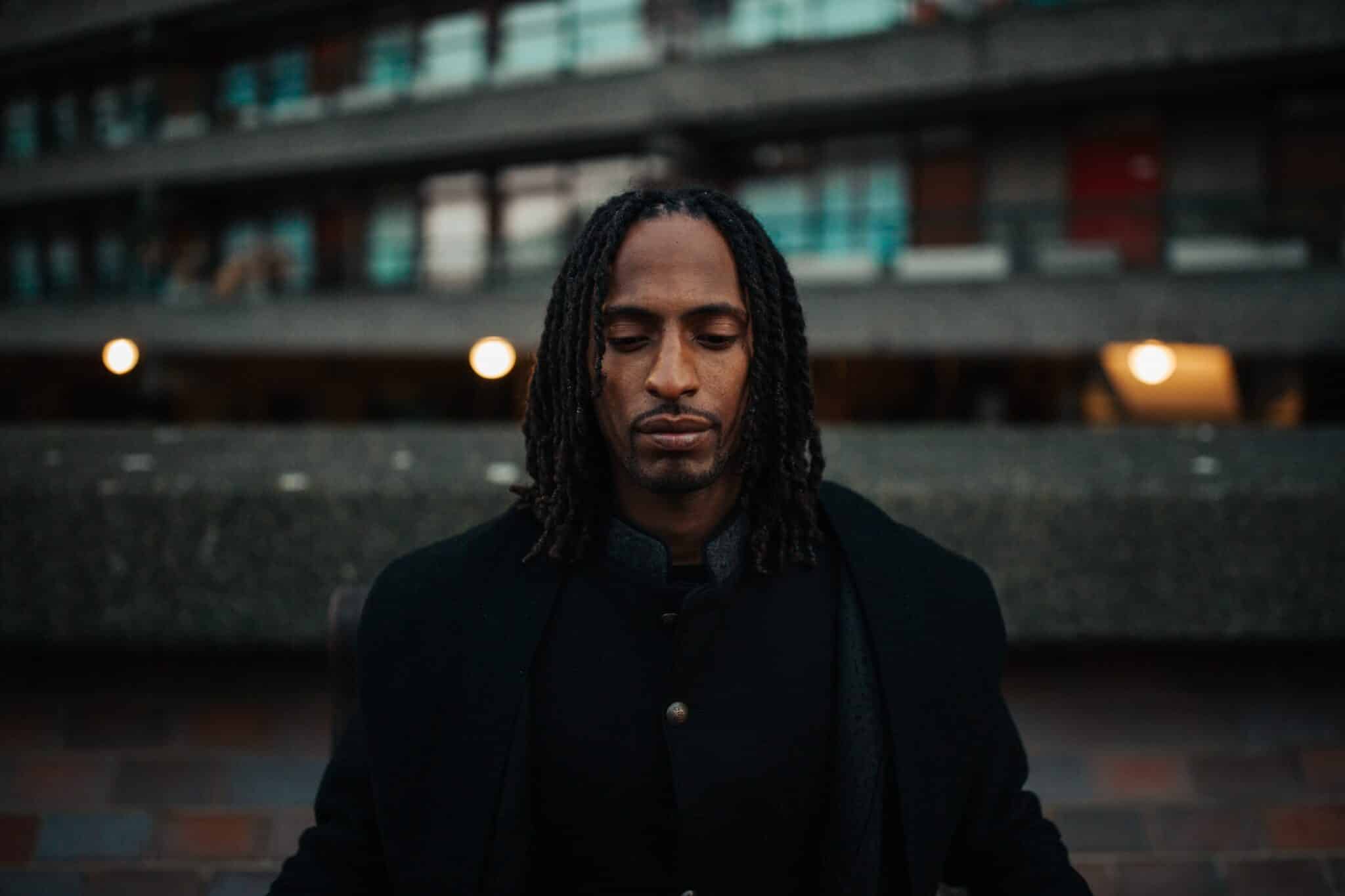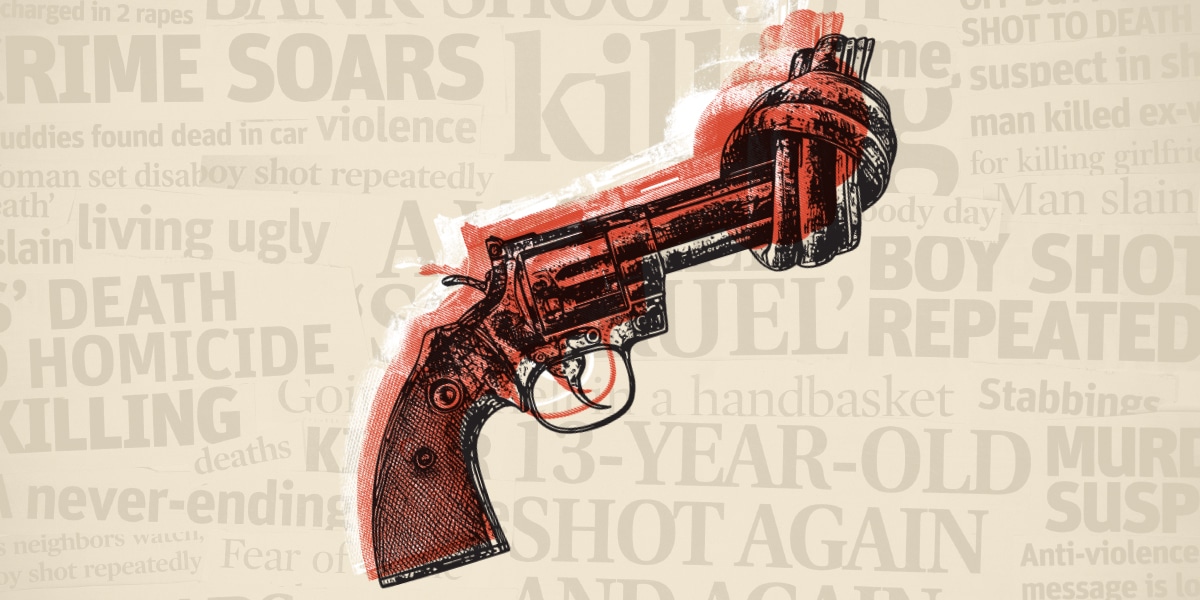In August of 2006, Wendy Avery returned to her Ohio home, feeling as if she was trying to jump back onto a spinning merry-go-round. For an entire year, her world had stopped, but everyone else’s kept spinning. How does one simply hop back on? How does one rejoin the dance when the music has been muted?
In December 2005, she and her family had been thrown off the merry-go-round with full force when their youngest child, Nick, was diagnosed with leukemia at 14. With her husband’s support, Avery made her home in Memphis, Tennessee, 12 hours away, to be with her son as he fought for his life at St. Jude Children’s Research Hospital.
Avery leaned on the St. Jude community of people who understood the horrors and complexities of cancer. She says that she also leaned on God during that time and consistently felt his presence. Once, after bursting into tears upon seeing a pile of Nick’s clothes, she heard an audible voice confidently say to her, “Wait and see what I will do. “
Everything had led to this moment, she felt, where God was going to miraculously heal her son and author a story that would lead others to Christ. The family’s previous vacation had included a visit to the hospital, where they had been impressed by its positive culture, infrastructure, and especially the people. Avery remembers Nick innocently and shockingly saying, “If I ever get cancer, this is where I want to go. “
Six months later, he was diagnosed with leukemia.
God’s Plan
Nick quickly went into remission, and Avery felt that God’s plan of healing was in motion. But just two and a half months after he completed chemotherapy, Nick relapsed and returned to St. Jude for further treatment.
Four days after returning to the hospital, he suffered a sudden and unexpected brain bleed. After emergency brain surgery, he was admitted to the ICU.
Now Avery felt that her prayers were met by silence, and her presence was met by absence. She felt God had betrayed her.
Nick died that same month.
Avery returned home to a merry-go-round that had not stopped spinning—to somehow find the strength to bury her son, grieve, and move forward while everyone else’s life carried on normally. She felt lost.
At St. Jude, she had at least been surrounded by families who were going through something similar. But now she felt disconnected from that community as well.
“There was no bereavement care for families, if you can believe that, even at St. Jude, ” Avery says. “So I went back home to Ohio, and I was trying to figure things out myself. “
However, St. Jude did have an annual Day of Remembrance for bereaved parents to gather, celebrate their children’s lives in the very place they had ended, and connect with others who had endured similar traumas. Avery and her family attended in 2007 and again in 2008. And it was there, in her second year attending, that Wendy Avery met Brent Powell.
Science and Patient Care
When St. Jude chaplain Brent Powell first pitched his idea for a Day of Remembrance back in the 1990s, he, like practically everyone else ahead of his time, was met by resistance.
The slogan at St. Jude is “finding cures, saving children. ” But Powell’s idea had nothing to do with either of these. In fact, it was the opposite: creating a space for parents and guardians whose children could not be cured.
The weight of trauma, death, and grief has always been difficult to address, but developing programs around these impossible issues was an even more countercultural idea at the time. Why invest in something focused on the messiness of grief?
St. Jude has always had two major components—science and patient care—but the former had to evolve more quickly because of pediatric cancer’s dismal survival rate. At the time of the hospital’s founding in 1962, pediatric cancer was essentially a death sentence. The survival rate for leukemia, the most common form of pediatric cancer, was 4 percent.
The name of the hospital is fitting: St. Jude is the patron saint of desperate situations and lost causes.
It was science that brought the cure rate up to 50 percent in a half decade, and that rate continued to improve. Today the survival rate for pediatric leukemia is 94 percent. The survival rate for all pediatric cancer at St. Jude is 80 percent.
Science made St. Jude a world leader in pediatric oncology. It also created space for the hospital to eventually shift its focus to further developing its patient-care component, including spiritual and palliative care.
In 1999, Powell’s idea for the Day of Remembrance was approved. St. Jude ventured into the complicated space of grief and loss. Powell calls this complex space of immense suffering “spiritual distress “—where there is a “broken connection in relation to one’s personal life and the Holy Other, ” someone’s perception of God, life, or ultimate reality. When there is a trauma, it is only natural to try to assign meaning to it.
Avery experienced spiritual distress whenever she was forced to confront the reality that what she had perceived to be God’s plan had brought her to a dead end of divine absence.
“There are two types of suffering most commonly associated with spiritual distress, ” Powell says. “One is more existential, and it’s called spiritual seeking. Those are big questions like: ‘Why does God allow suffering? Why does God allow children to die?’ The second type of spiritual distress is more personalized. It creates this relentless rumination about meaning. So, if you’re one of these people who believes that everything happens for a reason, there has to be a reason associated with your child’s illness and potentially your child’s death. It makes you wonder why God is allowing this to happen to your family. I had a mother the other day say to me, ‘Why does God hate me so bad?’ She just had a second child diagnosed with cancer. “
Without a safe space to process these raw questions, where could parents turn? When Avery shook Powell’s hand that day in 2008, that was the beginning of another beginning—when St. Jude went from leading the charge on the frontiers of science to also leading the charge on the frontiers of the soul when science fell short.
Human Connection
The cautiousness of hospitals to create a space for bereaved parents reflected fear, confusion, and hesitancy.
Justin Baker, chief of the Division of Quality of Life and Palliative Care at St. Jude, has seen this firsthand. “People are so afraid to address that level of potential suffering that it’s just so much easier for us, as a society, to plow ahead, put our heads down, avoid them in the grocery store, and turn the other direction, ” he says. “So there is this notion of, ‘Don’t bring up their pain; these people have already suffered enough.’ This conclusion was really out of a good place, but it was frankly an ignorant place. “
The annual Day of Remembrance was a good start, but more needed to be done for bereaved parents. Powell knew it. Baker knew it. Avery knew it.
A parent advisory council was formed in 2009 to obtain feedback for developing more focused levels of palliative care. Despite the heaviness of her own pain, Avery agreed to be a part of the council with several other bereaved parents.
That group spurred the creation of a specific bereavement program at St. Jude. For a year and a half, Avery made presentations to different departments within St. Jude to raise awareness of this void in palliative care. One morning in 2010, she walked into a boardroom to present the appeal to the four most powerful people at St. Jude, including the CEO at the time, Bill Evans, and the current CEO, James Downing. Afterward, Avery remembers Evans responding, “It seems like we need to make this a priority.”
A quality-of-life program now serves families wrestling with the trauma of finality and saying goodbye. Parents like Avery reach out to other parents who have lost a child. For four months in a row, grieving parents receive a call from a fellow parent in the program, helping them return to the merry-go-round of life. If they want a mentor, they are introduced to someone in St. Jude’s mentor program. If they want resources, they are connected with resources in their hometown.
In the past decade, St. Jude’s program has become a model for other hospitals around the country and around the world. St. Jude relies on bereaved parents for their educational programming and recently hosted an international symposium to help other hospitals and organizations ensure that bereaved families aren’t forgotten in the race to find cures and save lives.
“No institution has parents integrated into its programming the way that St. Jude does, ” Baker says.
Christine and Kevin O’Brien lost their daughter, Catie, to a rare form of cancer in 2009. The couple struggled to talk about the grief and trauma their family endured. But when they attended their first Day of Remembrance in 2011, they felt less alone. They found space to process the complexity of their grief with each other.
“There, in a room with so many other families, you didn’t have to say anything, ” Christine says. “You could just hug them. You could just be with other people where no words were necessary, and when words were spoken, they were completely understood. “
For the past seven years, the O’Briens have served on the parent panel with Avery, whom Christine describes as “the beginning of a comet who has blazed a path. ” The O’Briens’ journey through the “dark night of the soul ” is now a light for others. “Grief has a cost that everybody pays, ” Christine says. “I’m really proud of St. Jude. I have watched 10 years of profound growth. “
Because of medical advances, pediatric cancer is no longer a death sentence, but programs like these exist to serve the broken souls of families whose children aren’t included in the success stories. Science might serve the 99 sheep, but St. Jude also seeks out the one on the margins—the one for whom science just wasn’t enough.
“I think that this gets to this aspect of the Gospel message, ” Baker says. “Suffering is not something to be avoided. It is something for us to experience together, come together around, and recognize there is not a solution to it. The solution really is opening your heart and being available. If you are willing to sit in the middle of the suffering with that person and just listen to them, it makes all the difference in the world, for both of you. What a beautiful thing it is to be able to share that. “
Coping and Caring
Grieving people find different ways to cope with their suffering. Avery has a two-word tattoo on her forearm, with the word Positive stacked on top of the word Negative, symbolizing love built upon suffering.
Positive Negatives was the name of a band that Nick and his friends started in middle school. Her tattoo is a replica of Nick’s own drawing of the band’s logo, which she found under his bed after he died.
Next to chaplain Brent Powell’s desk is a sketch that one of his 17-year-old patients gave him. It features a three-dimensional clock that is broken into pieces. His patient said that his bone-marrow transplant experience “shattered his perception of time. “
The image captures suffering and grief—the space in which Powell, Baker, and Avery all serve—where time does not heal and never has.
“I recently began to make the connection between my love of photography and what I do as a chaplain, ” Powell says. “What I do as a chaplain is locate light. Sometimes that light is wearing scrubs. Sometimes it’s the cashier in the cafeteria. It’s a child’s face. It’s a mother’s tears. But if you think about the concept of incarnation, it becomes the light of God present in the moment. “
Next to the sketch of the broken clock in Powell’s office is a wooden art piece featuring a painting of St. Francis surrounded by nature’s symbols, Brother Sun and Sister Moon. Francis, with his arms open, stands upon text that reads: “Make me an instrument of your peace. ” This was another gift from a patient back in 1990, days after Powell’s sister was killed when her car was hit by an 18-wheeler. Powell was used to coming to work each day at St. Jude to take care of his patients, but during those days his patients took care of him. He says they still do.
“The plan is that God incarnates in human flesh, ” Powell says. “So we become God. I struggled for a while with whether or not God cares, but then it sort of hit me: Yes, God cares. How do I know that God cares? The answer to that is because I care. Because you care. Because there is a doctor here who cares. There are people who care and who put their lives into this, and that is nothing more than God caring.
“So yes, God does care, because I see it being acted out in his people. “
Being willing to enter into another person’s suffering can be intimidating, but Powell says: “When you risk being with the suffering, it involves an intimacy that transcends everyday normalcy. You’re never the same. “
About St. Jude Hospital
St. Jude Children’s Research Hospital was founded in 1962 by the late actor Danny Thomas. A devout Catholic, he once threw his last seven dollars into a collection plate at Mass, promising God, “Show me my way in life, and I’ll build you a shrine. “
Soon after, he became a successful actor, and he never forgot his promise. Today St. Jude specializes in the treatment of childhood cancer and other catastrophic childhood diseases, including sickle cell disease, immunodeficiency, and blood disorders.
The original building has expanded into a campus covering 66 acres. St. Jude, which treats about 8,500 children every year, freely shares its medical findings and research. Although the average cost to treat a child with acute lymphoblastic leukemia—the most common type of childhood cancer—is about $300,000, families never receive a bill for treatment, travel, housing, or food. As Danny Thomas believed, “No child should die in the dawn of life. “
Visit StJude.org for more information.
Stephen Copeland is an author and storyteller. He is a former staff writer and columnist at Sports Spectrum magazine and has also been published in Christianity Today. Stephen blogs regularly for Franciscan Media and has contributed to St. Anthony Messenger’s Followers of St. Francis column. His article “A Brief Lesson in Holy Foolery ” appeared in our November 2019 issue.
To learn more about his work, visit CopelandWrites.com.








